Plastic, a popular material in modern life, has been playing an important role in protecting people in many aspects. From everyday items to advanced medical applications, plastic has proven its diverse and effective ability to ensure our safety. Although the problem of environmental pollution caused by plastic waste is a global concern, it's undeniable that this material brings great benefits in protecting human health and life.
The article below will explore the ways in which plastic is contributing to protecting us, from improving food safety and enhancing labor protection to applications in the medical field. Let's learn about the indispensable role of plastic in improving the quality of life and protecting human health in the modern world.
1. Why is Plastic Important in Human Life?
Plastics play an important role in protecting people in many ways. The diversity of properties and applications of plastics has brought great benefits to society, from improving food safety to protecting public health. Let's explore in detail the main reasons why plastics are so important in human life:
1.1. Improving Life
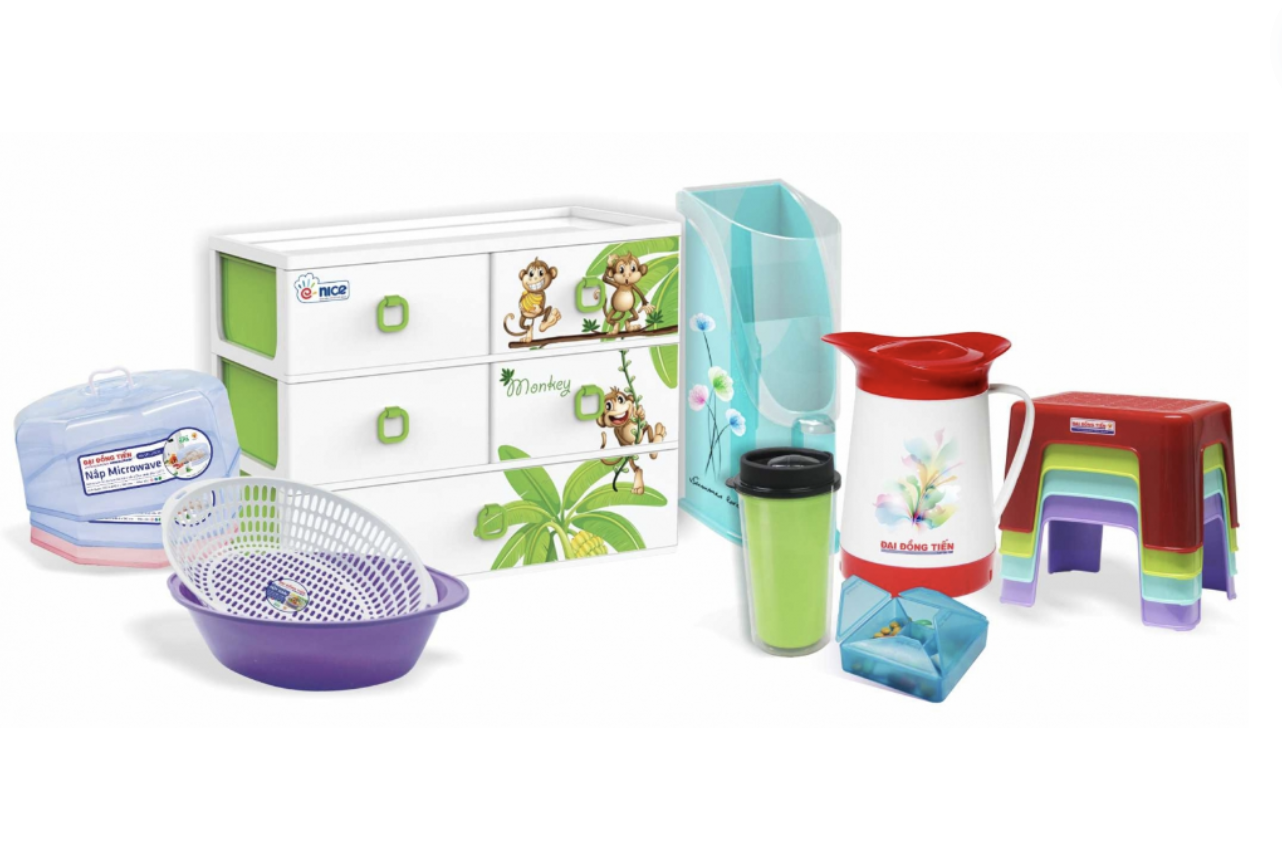
Plastics have revolutionized the field of personal hygiene with products such as toothbrushes, hairbrushes, and toiletries. These products are easy to clean, waterproof, and less prone to bacteria accumulation than traditional materials.
1.2. Labor Protection

In many industries, personal protective equipment made of plastic plays an important role in protecting workers. Helmets, goggles, gloves, and protective clothing are made from special plastics that are impact-resistant, chemical-resistant, and flame-resistant. These items help protect workers from workplace hazards ranging from physical impact to exposure to toxic chemicals, contributing to occupational safety and health.
1.3. Environmental Protection
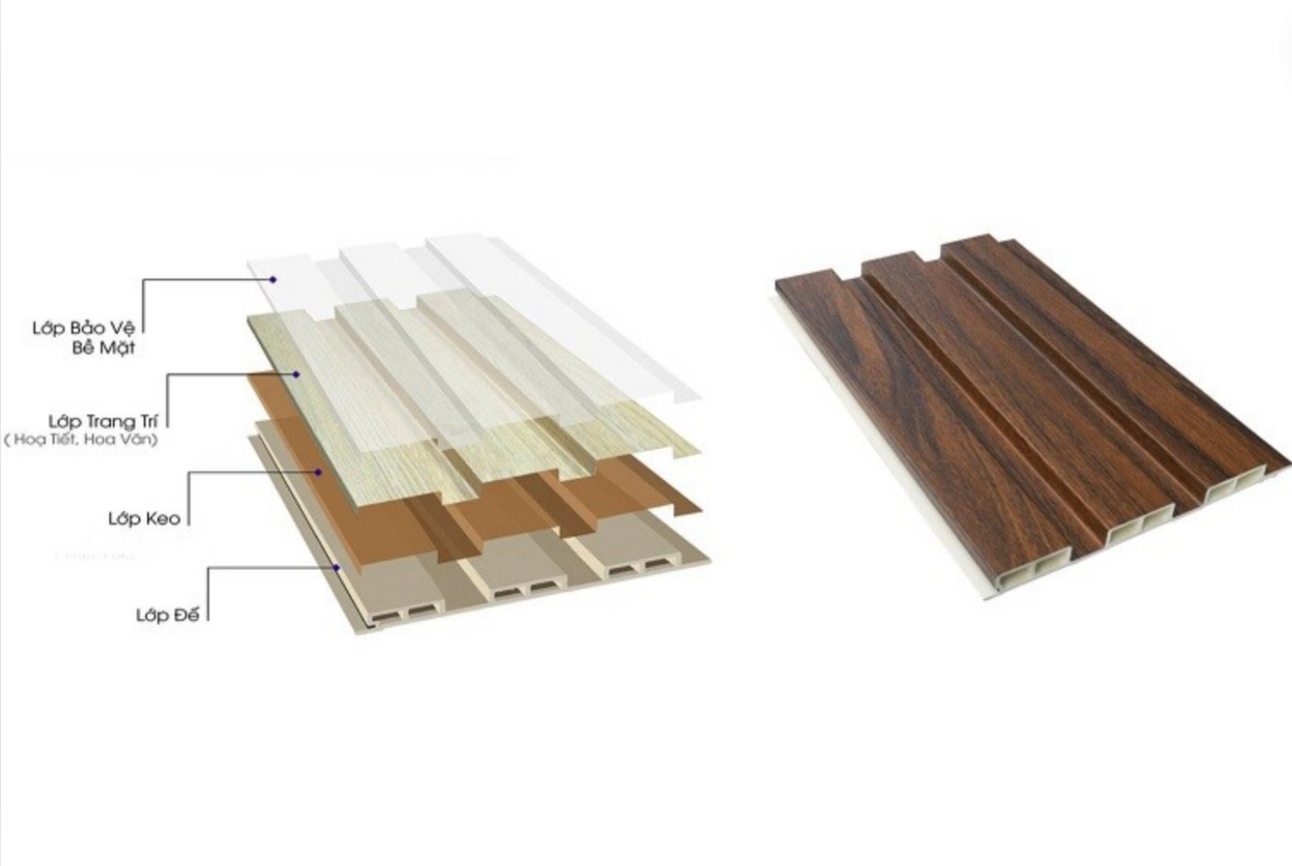
Despite concerns about plastic pollution, this material also contributes to protecting our living environment in many ways. In agriculture, plastic-based products reduce pesticide and water use, while increasing crop yields. In construction, plastic mulch protects buildings from weathering, prolongs their life, and reduces the need for maintenance, thereby saving resources. Furthermore, plastic insulation materials reduce energy consumption in buildings, contributing to reducing greenhouse gas emissions.
1.4. Protection in Emergency Situations
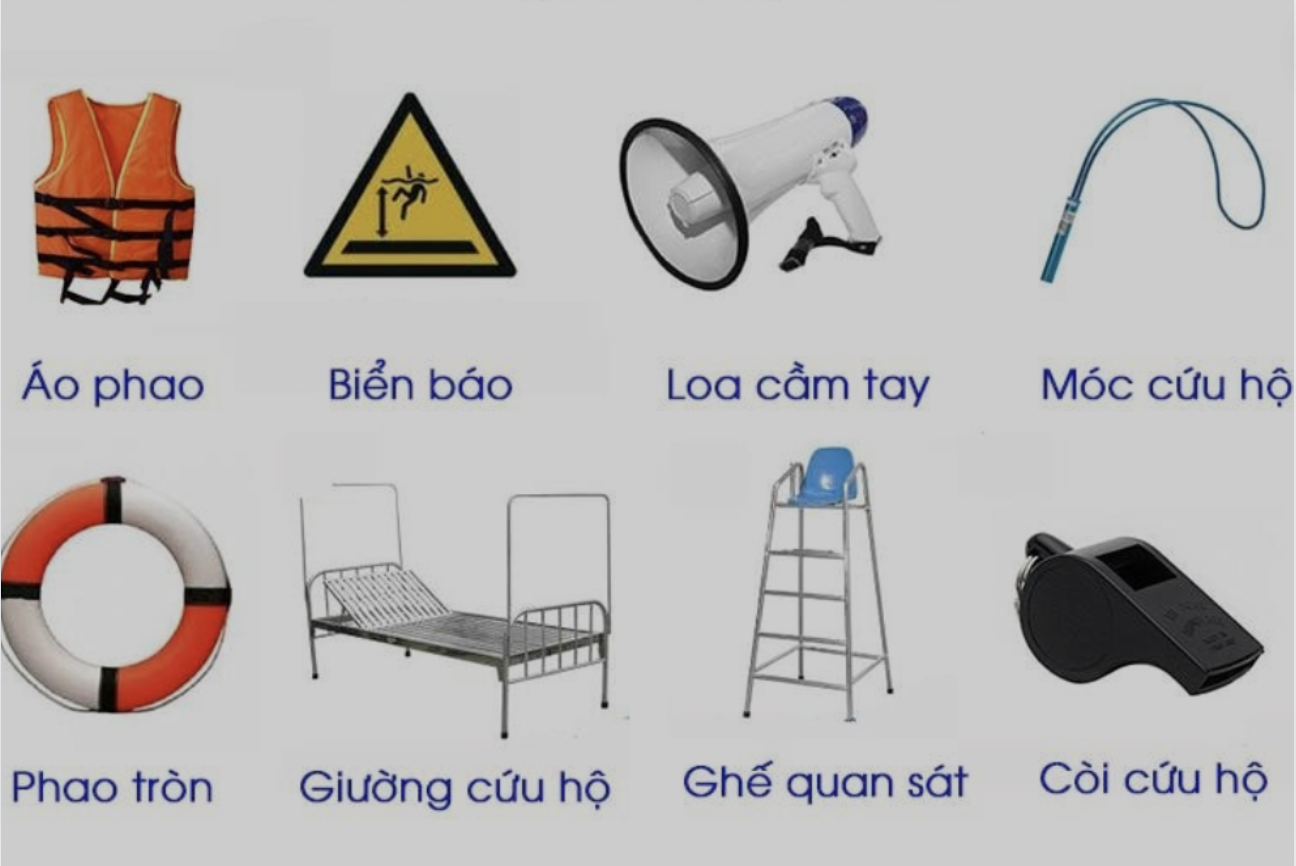
In emergency situations or natural disasters, plastics play an important role in saving lives and protecting people. Lifebuoys, inflatable rescue boats, life jackets, and waterproof items are all made from plastic. These materials are lightweight, durable, and buoyant, making them ideal for rescue operations.
In addition, plastics are also used in the production of clean water containers and emergency relief items, helping to ensure the safety and health of people in difficult situations.
1.5. Applications in The Medical Field
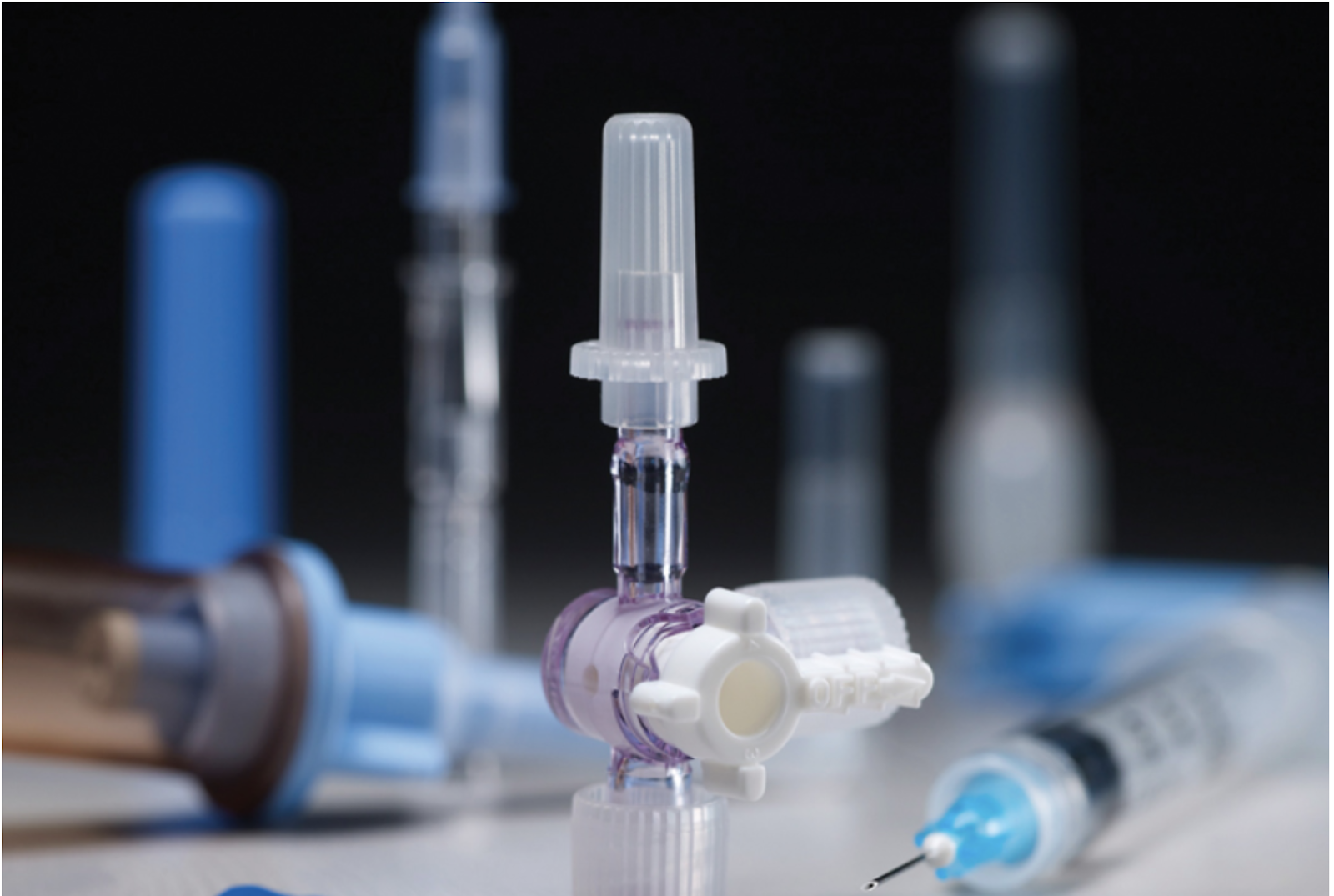
Healthcare is one of the places where plastics play the most important role in protecting people. From disposable syringes, medical gloves, IV tubes, to implants such as artificial heart valves and artificial hips, plastics have helped improve hygiene, reduce the risk of infection, and improve the quality of health care.
In addition, plastics are also used in the production of drugs, from capsule shells to advanced drug delivery systems. In particular, during the COVID-19 pandemic, the role of plastics in the production of personal protective equipment (PPE) and rapid testing kits has become especially important.
1.6. Ensuring Food Safety and Hygiene

Plastics play a key role in preserving and packaging food. Plastic wraps, containers, and bottles not only help keep food fresher for longer, but also prevent the penetration of bacteria, mold, and other harmful agents. This significantly contributes to minimizing the risk of food poisoning and extending the shelf life of products.
Furthermore, the flexibility of plastics allows for the creation of smart packaging that can indicate the freshness of food, contributing to improving consumer safety.
1.7. Improving Road Safety
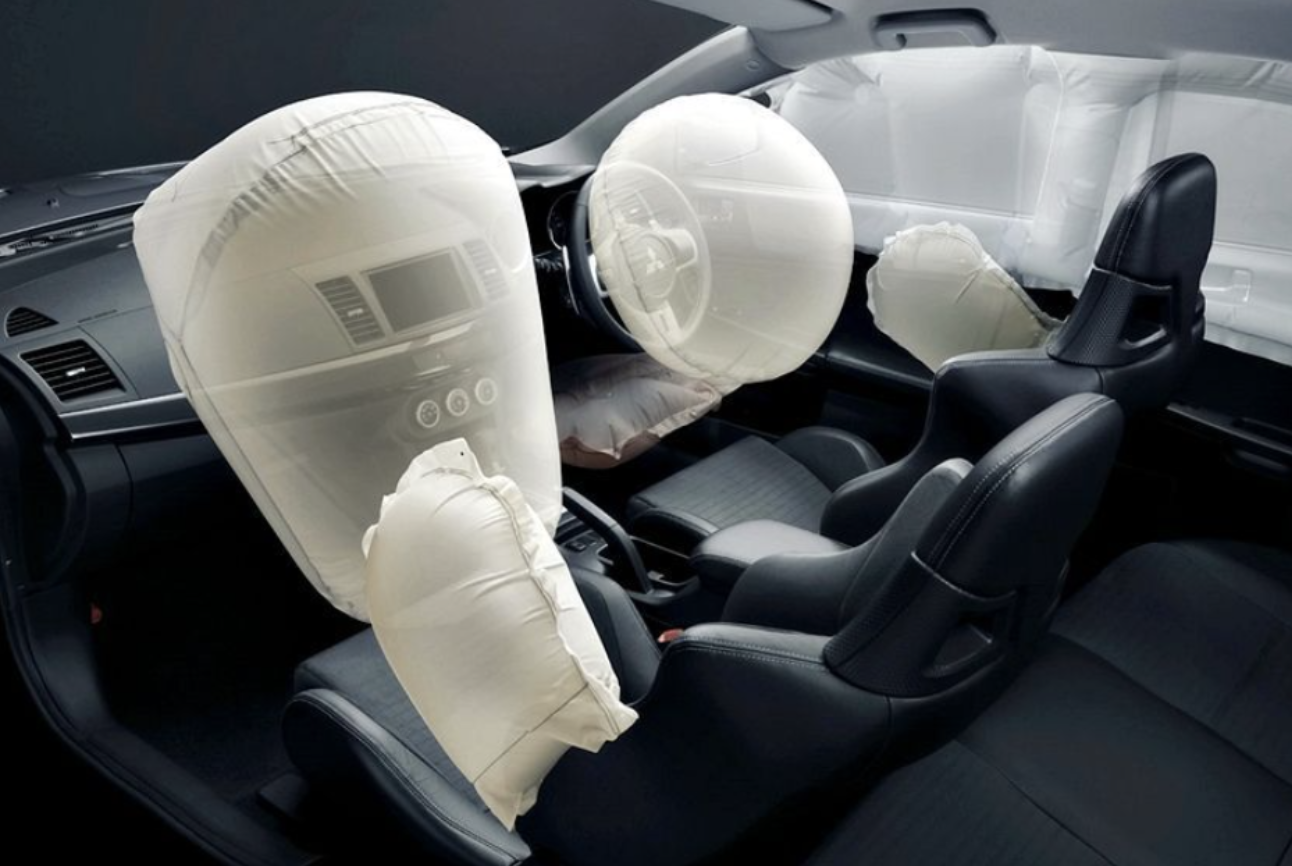
Plastics have made significant improvements in road safety. Components such as airbags, seat belts, and crash barriers made from plastic have contributed significantly to reducing injuries and fatalities in road accidents. Plastics are lighter than metals but still absorb impact energy effectively, making cars safer without increasing weight and fuel consumption. In addition, plastic materials are also used in the production of helmets, windshields, and many other road safety devices.
See more: Here’s how EuroPlas produces CaCO3 filler plastic
2. How does Plastic Protect People?
Plastic plays an important role in protecting people in many different areas of life. From medicine to law enforcement and sports, plastic has proven its worth as a versatile and effective material in ensuring human safety.

Here are how plastics protect people in three specific areas:
2.1. How Plastics Protect Doctors and Healthcare Workers
Within the healthcare field, plastics play a key role in protecting healthcare workers from infection and other hazards in their work environment:
Plastics are widely used in the production of personal protective equipment such as masks, goggles, and gowns. These materials help create an effective barrier between healthcare workers and pathogens. For example, N95 masks made from polypropylene fibers can filter up to 95% of airborne particles, protecting the wearer from viruses and bacteria.
Nitrile and latex gloves, made from synthetic resins, provide an important layer of protection for healthcare workers when exposed to bodily fluids, chemicals, and other pathogens. These gloves not only protect the wearer but also help prevent cross-infection between patients.
Plastics have revolutionized the healthcare industry with the production of disposable medical supplies such as syringes, IV tubing, and surgical instruments. These items significantly reduce the risk of cross-contamination and hospital-acquired infections, protecting both healthcare workers and patients.
During the COVID-19 pandemic, clear plastic face shields have become an integral part of the protective gear for healthcare workers. These shields provide an additional layer of protection, preventing droplets from directly reaching the face and eyes.
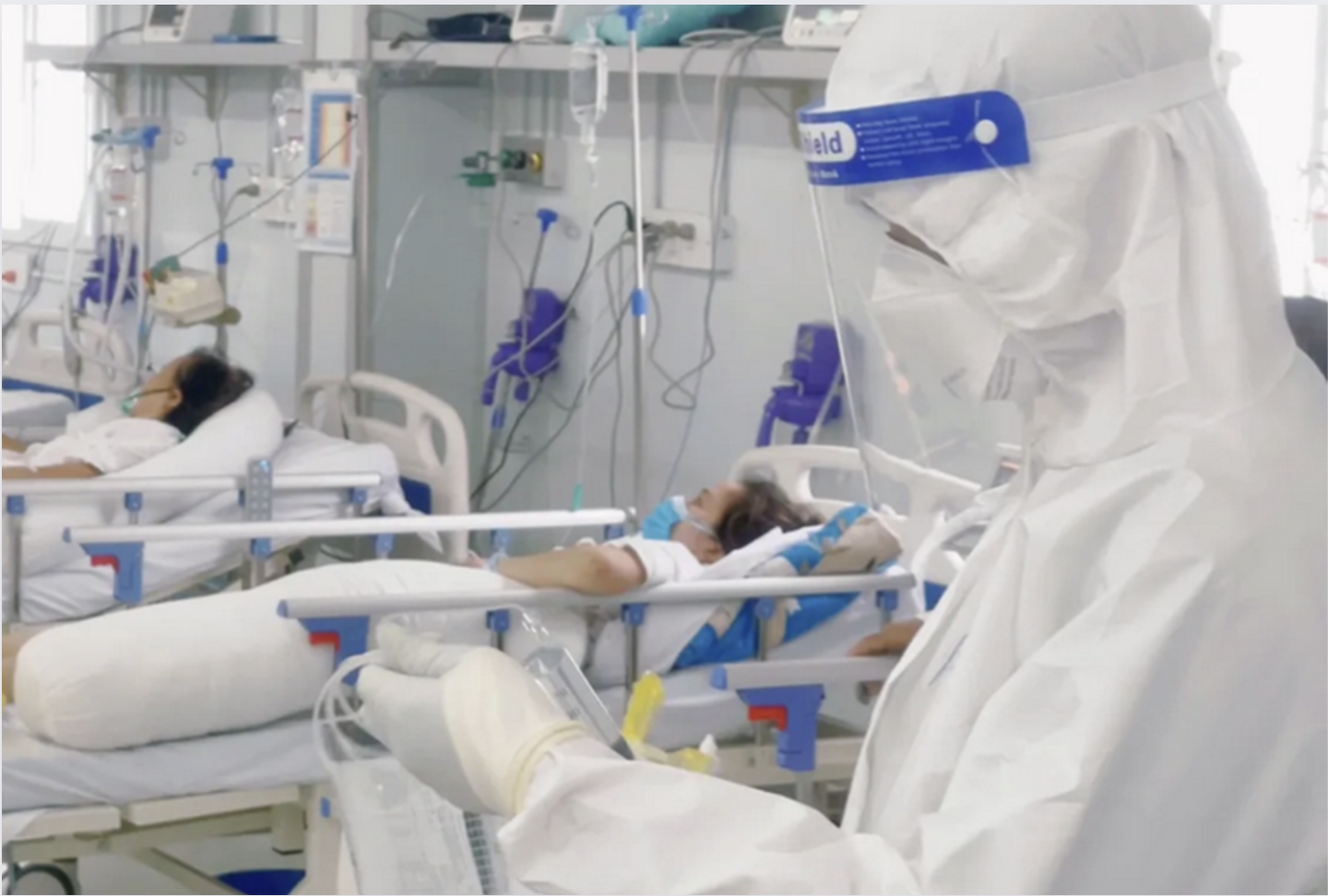
See more: Medical Plastics: Types and Applications
2.2. Plastics Provide Safety for Law Enforcement
Plastics provide safety for law enforcement, contributing significantly to the protection of officers in dangerous situations:
Although most bulletproof vests are made from aramid fibers such as Kevlar, plastics also play an important role in their construction. Hard plastic panels are used to enhance protection against high-velocity bullets and sharp objects. Plastics also help reduce the weight of the vest, increasing the wearer's flexibility while still ensuring effective protection.
Riot shields are typically made from hard, impact-resistant polycarbonate plastic. These shields protect law enforcement officers from thrown objects and other threats in crowd control situations.
Helmets for police and special forces are often made from special plastics such as Kevlar combined with synthetic resins. These helmets provide significant protection against head impacts and can even be bulletproof in some cases.
Many tools and equipment used in law enforcement, such as flashlights, walkie-talkies, and other electronic devices, have housings or parts made from plastic. Plastics help make these devices lighter, more durable, and more resistant to harsh conditions.
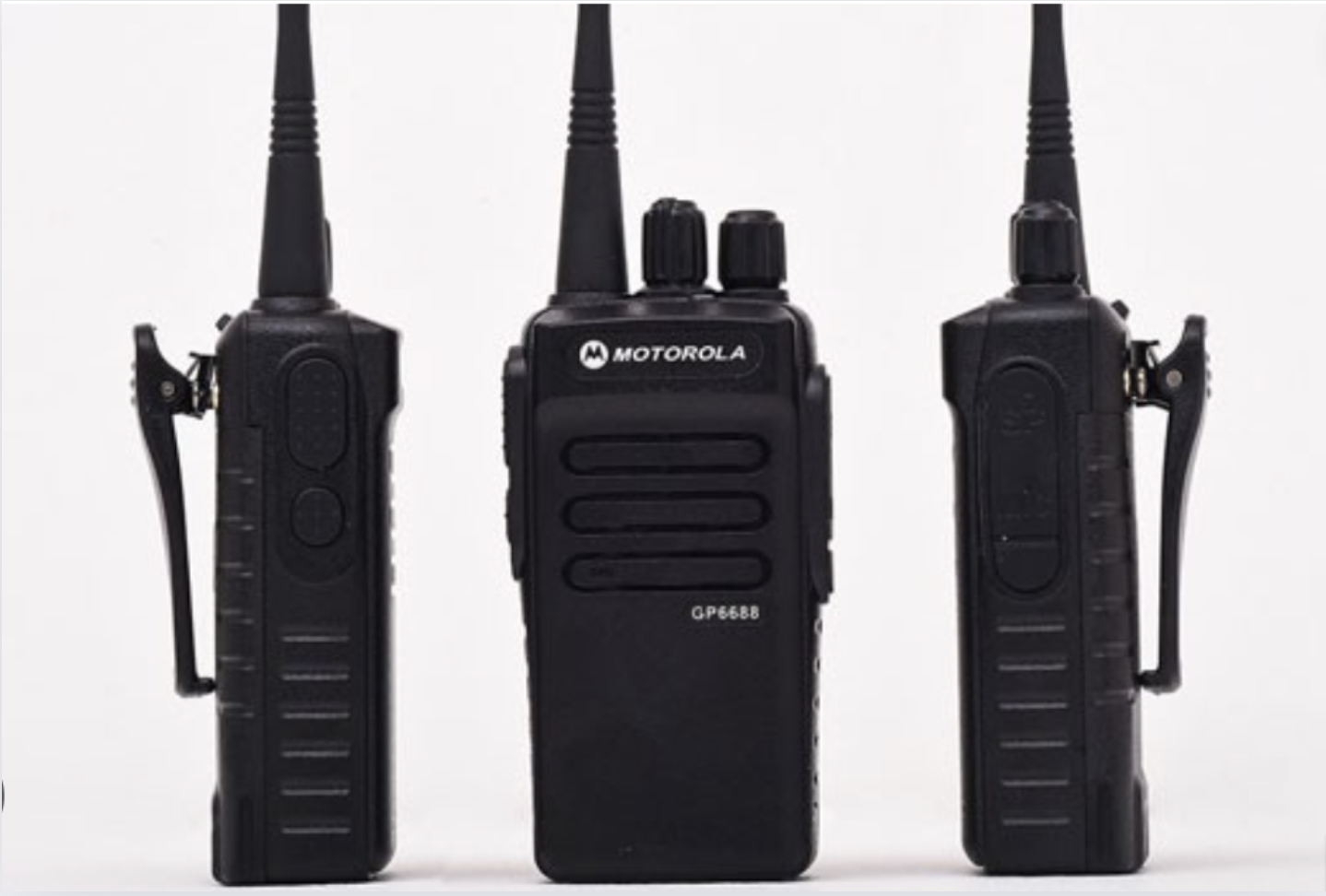
2.3. Plastics Protect Sports Players from Injuries
Plastics play an important role in protecting athletes from potential injuries:
In many sports such as cycling, ice hockey, and football, plastic helmets play a key role in protecting the athlete's head. Plastics such as Polycarbonate and ABS are used to create the hard outer shell, while the inner padding is often made from foam plastics such as EPS (Expanded Polystyrene) to absorb impact.
Plastics play a crucial role in protecting athletes' eyes. Polycarbonate goggles are essential in sports like swimming, skiing, and motorcycling, shielding eyes from water, wind, and debris. For contact sports such as football, hockey, and martial arts, goggles made from EVA or PU offer protection against impact injuries.
The soles of athletic shoes are often made from plastics such as EVA (Ethylene-vinyl acetate) or PU (Polyurethane), which absorb impact and provide comfort to the wearer. This not only improves performance but also helps prevent repetitive impact injuries.
Many exercise equipment and sports accessories such as jump ropes, dumbbells, and yoga mats are made from different types of plastics. These materials help create equipment that is lightweight, durable, and safe for the user.
In contact sports such as boxing and rugby, mouthguards made from EVA (Ethylene-vinyl acetate) or PE (Polyethylene) protect the athlete's teeth and gums from serious injuries.
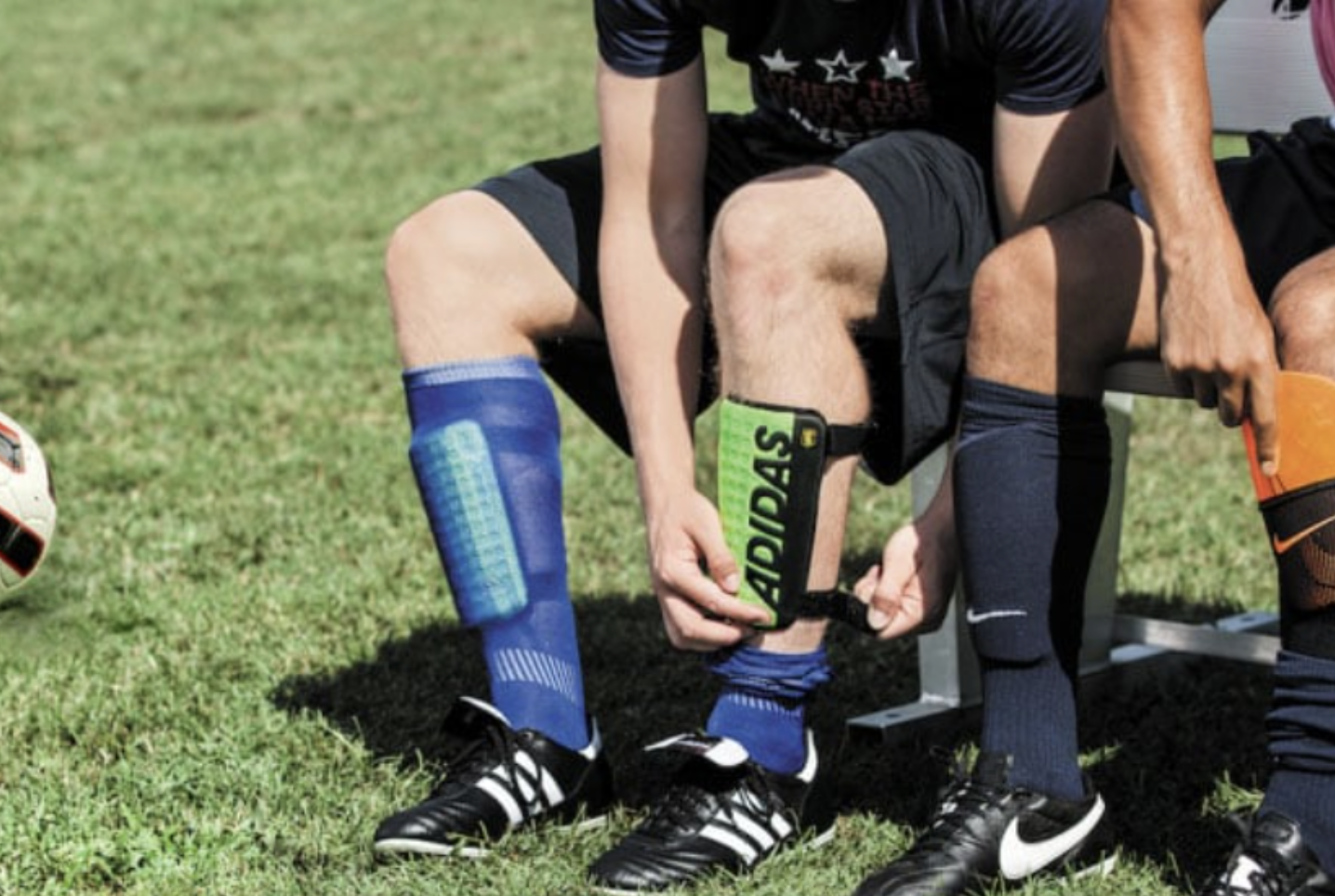
3. Conclusion
Plastics have proven to be an indispensable part of protecting people in many aspects of modern life. Along with the enormous benefits, humans also face environmental challenges due to the excessive use of plastics and ineffective management of plastic waste. This requires us to have a more balanced and sustainable approach to the use of plastics.
In the future, research and development of environmentally friendly plastics, improved recycling processes, and increased public awareness of responsible plastic use will be key to maintaining the protective benefits of plastics while minimizing their negative impact on the environment. In this way, we can continue to take advantage of the excellent protective properties of plastics while protecting the environment for future generations.
4. About EuroPlas
EuroPlas - a leader in the field of filler masterbatch production, is committed to continuous innovation and improvement of its products, while meeting high standards of quality, safety and environmental friendliness. Through high-quality products and excellent customer service, EuroPlas continues to contribute to improving human safety and protection in many different areas of life. Do not hesitate, contact EuroPlas's consulting team today via hotline and email or leave information via the form to receive accurate support as soon as possible.